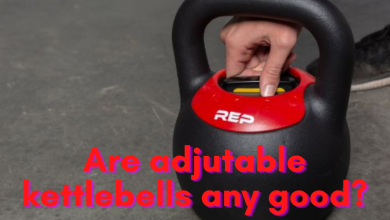How Tight Should A Weightlifting Belt Be – Get the Perfect Fit
You might have noticed weightlifting belts around the gym…You see people walking around with these belts tightened around their waists like a corset from the 19th century. This might seem uncomfortable, but they do actually have a purpose.
You won’t find people running on the best inclined treadmills or using rowing machine to lose weight with these belts, but lifters who train with weights have a few good reasons to wear a weightlifting belt:
- First, wearing a weightlifting belt reduces stress on the lower back.
- Second, it helps decrease hypertension during overhead lifts.
But enough with the technical part…
If you’re just starting out your youth weight lifting training, the weightlifting belt will help you learn how to squeeze your abs muscles. However it won't help you get rid of belly fat or build abs in two weeks.
Now, whether you’re new, you're recovering from an injury, you have a bad back or you simply want to do shoulder press or lateral raise by the book, how tight should a weightlifting belt be?
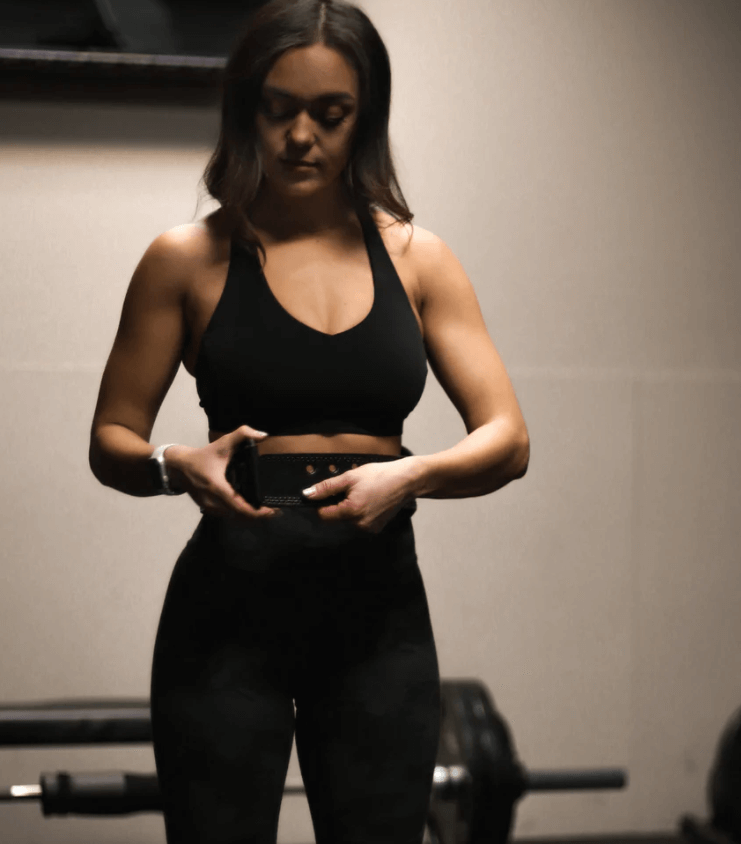
No matter who we are, when putting on a weightlifting belt for the first time, we share a common sentiment of uncertainty and anticipation. I can say this from experience.
When we put on a weightlifting belt that's too loose, it feels like there's no point in wearing it. We take the extra step to tighten it, but soon enough we feel like we can’t breathe. The question then becomes: Where do you stop then?
This article will explain everything you need to know to gain as much as possible from your workouts. Let's get started!
How to know if your belt is too tight?
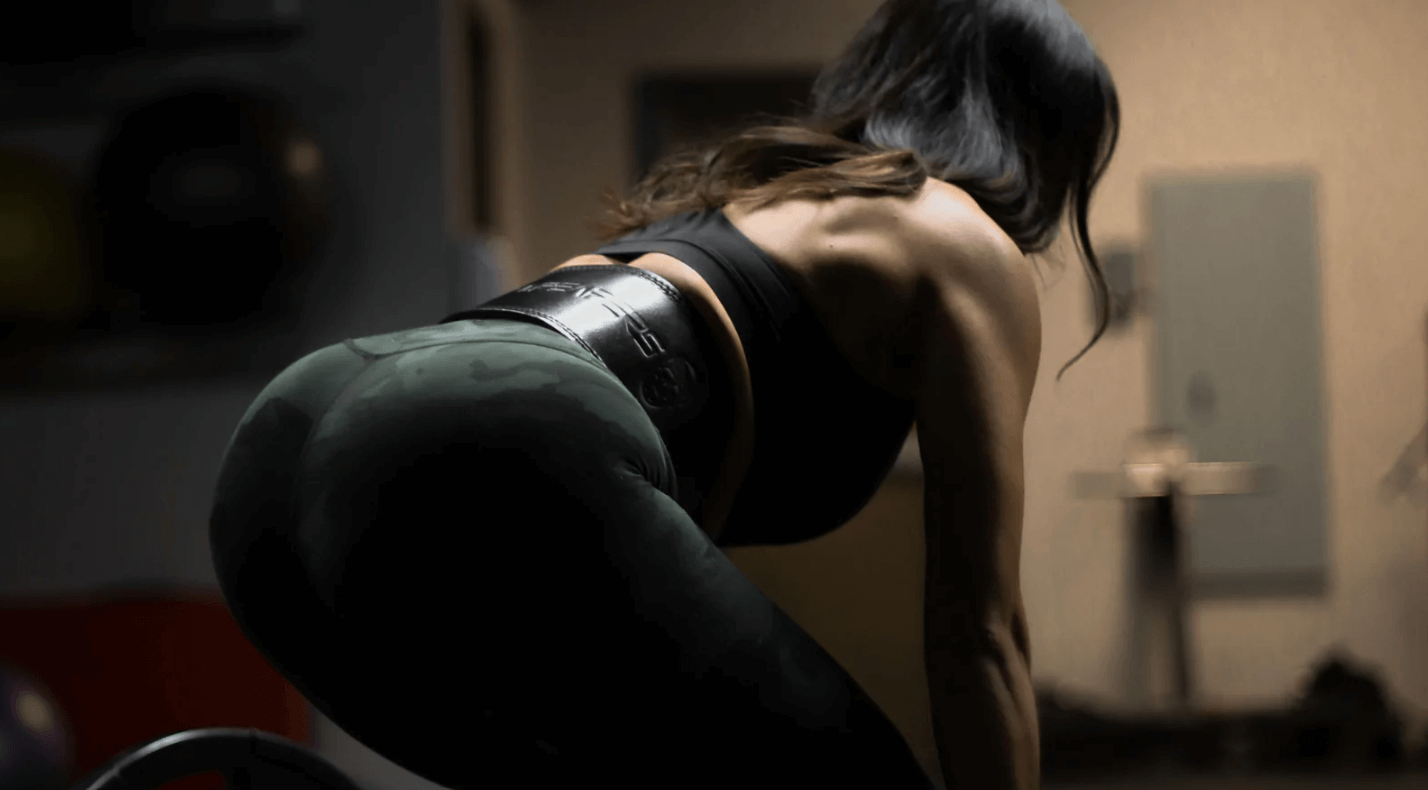
Based on my research and conversations with different lifters in the gym, it looks like everyone has different standards. That’s because there are multiple factors in the process.
Most people told me one thing though. The belt must be tight enough for you to feel the abs pushing against it when doing an exercise. If it feels over restrictive, it’s too tight. It shouldn’t cause too much discomfort and it shouldn’t restrict your movements.
I thought it’s pretty clear, so I tried to find out what works for me.
Someone else advised me to put the belt on and try to perform a squat to overhead press. This is my best advice. As you get down in squat, see how much the belly expands.
Pay attention to how your body feels when you're squatting. If it feels too tight, you could lose some of the abdominal tension, so you’ll lose power when lifting. It should be tight enough for comfort and stability, but not so tight as to feel uncomfortable or affect movement.
How tight should a belt be for weightlifting exercises
Not everyone uses a weightlifting belt for squats only. Even with the use of weightlifting belt, you can perform variety of exercises such as sumo squat or sumo deadlift that come with different requirements. Here are a few workout ideas:
Squats
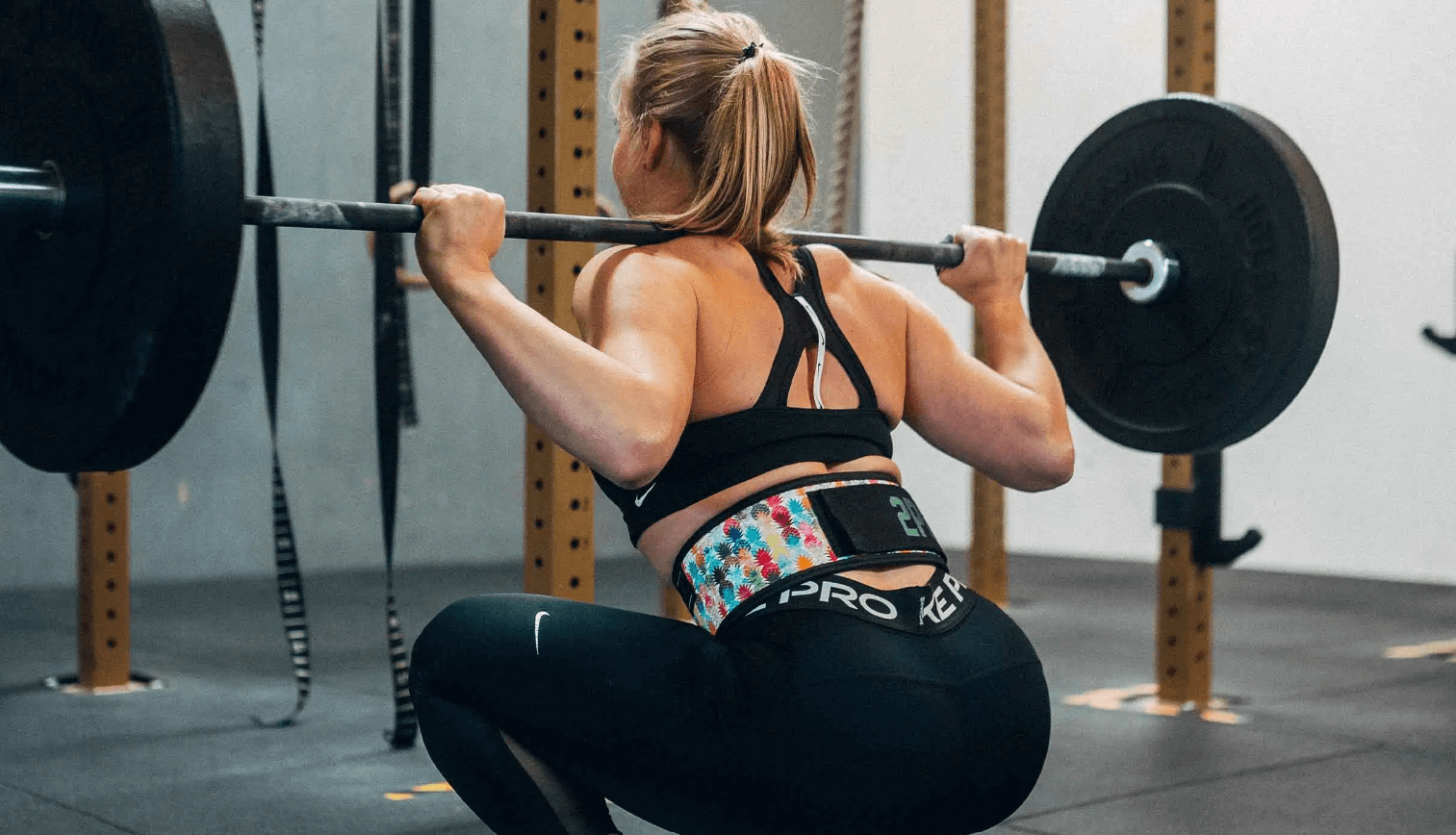
If you use belts to do squats everyday, they should go a little lower on the torso. The belt shouldn’t touch the ribs, but go towards the hip bones.
Again, you have to see how much your belly goes out during a squat. Whether you’ve got a bit of a belly, 10 pack abs or a twelve pack abs, your belly will expand.
Like I said before, start with a loose belt and tighten it for each squat until you feel pressure, but without feeling like you can’t breathe or you’ll lose tension and power.
Bench presses
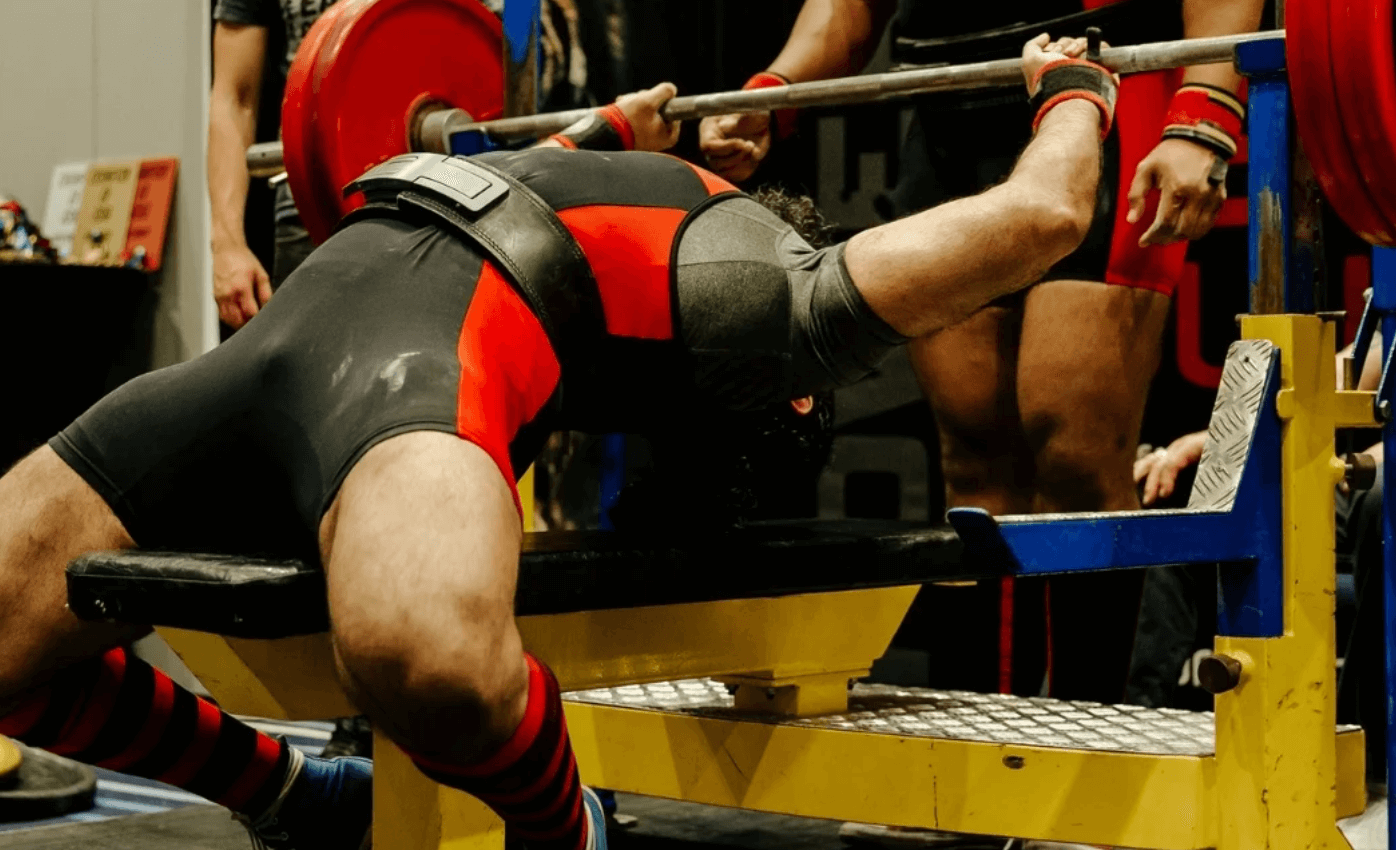
If you look around the gym, you’ll notice many lifters use belts for dumbbell presses or alternating dumbbell press.
Now, this is a bit rare because you don’t necessarily need it. When you bench press, you feel like your back is arching up.
Even if you’ve never paid attention to it, look at others and you’ll see exactly what I mean. The belt will prevent this arch a little, but not completely.
Other than that, since there’s no bending of the torso, there will be no pressure on the abs, so you can adjust the belt to be tighter than for squats.
Clean and jerk exercises
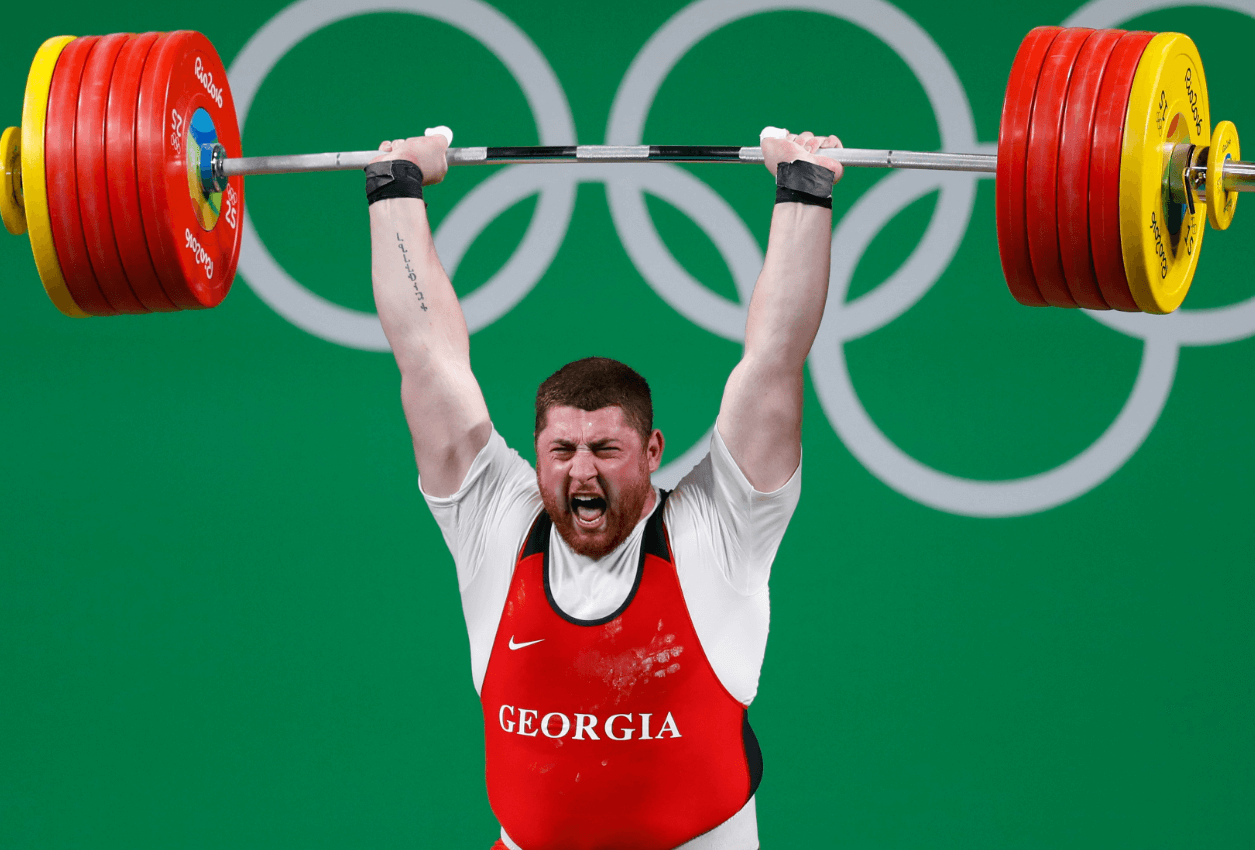
The clean and jerk exercises are an Olympic weightlifting technique that offer one of the most dynamic and complex exercises you can do. It’s like a squat going forward, but at the same time, there’s plenty of back loading.
As you squat forward, the weight goes up. You don’t bend forward too much, so there won’t be too much pressure on the abs. Compared to the classic squat, this exercise can do with a tighter belt.
I recommend doing it without the weight first. Tighten the belt, see what it feels like and adjust it. Pay attention to how tight it is throughout the whole workout.
Deadlifts
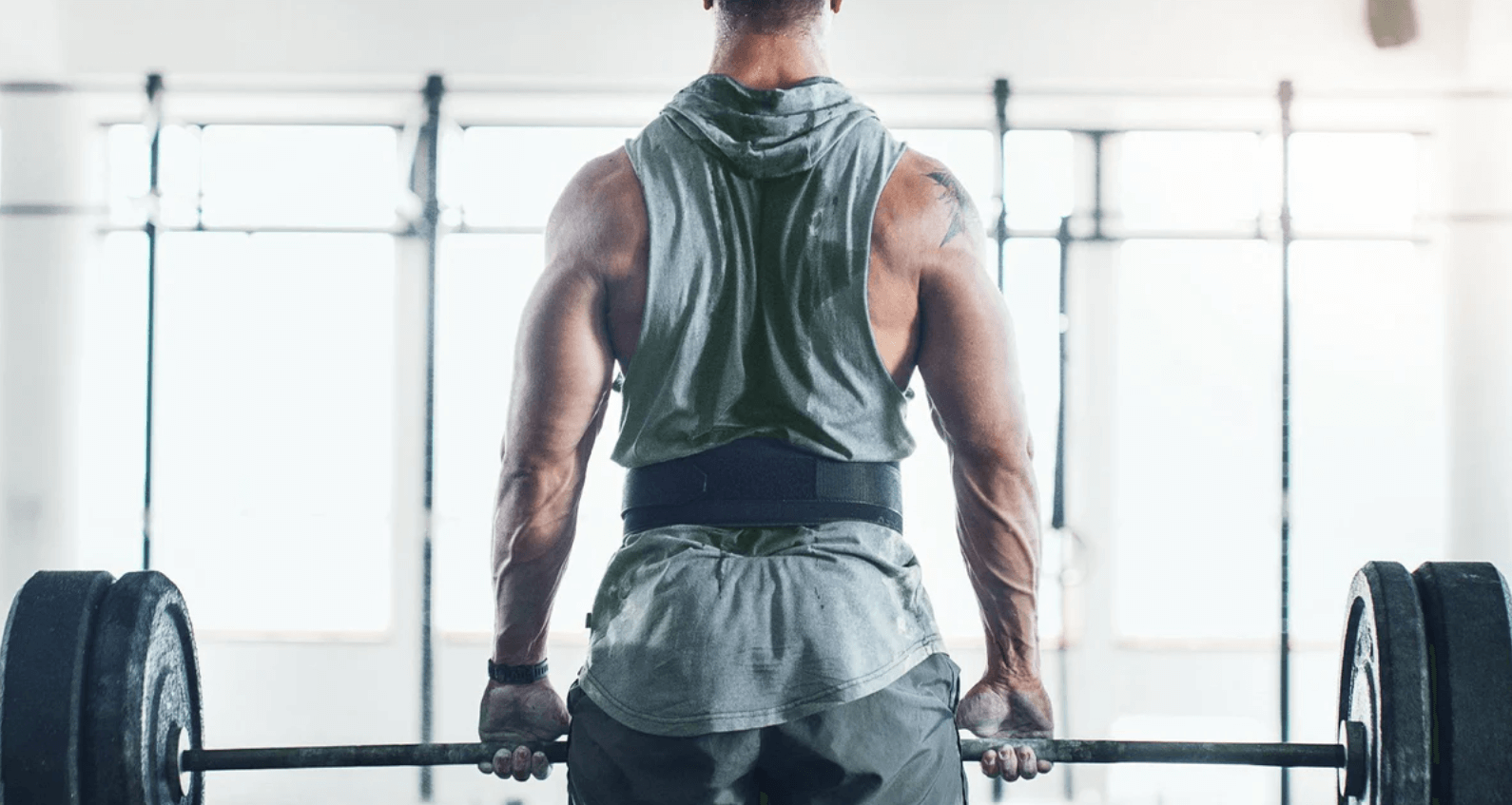
Deadlifts are an effective way to build muscle and increase overall strength. These are some of the most common exercises that can benefit from a weightlifting belt. No matter whether I perform conventional deadlift or sumo deadlift on a smith machine to build bigger quads, I always get the belt on first.
I’ve asked people around and they usually choose a loose fit. Why? Simple… It feels super uncomfortable if it’s too tight throughout the lift.
For the same reason, you should keep the belt just under the ribs and a bit closer to the waistline in order to prevent pressure on the back, but in a comfortable manner.
Snatches
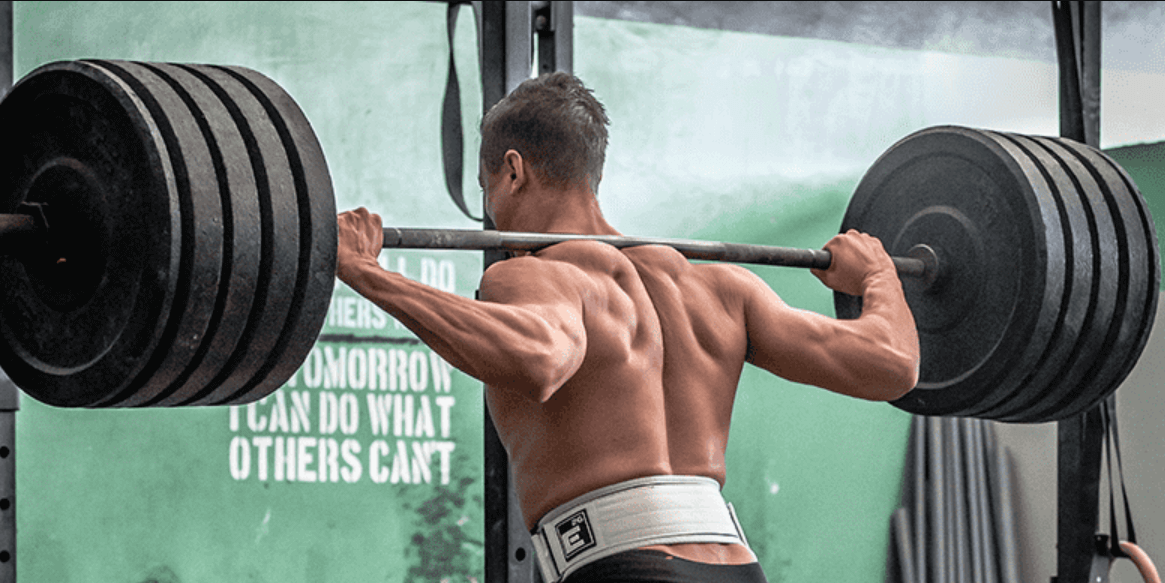
Just like clean and jerk exercises, snatches are quite dynamic and some of my favorite exercises.
The snatch involves more movement and while the belt may feel comfortable at first, it may become uncomfortable later on in the movement.
Compared to squats, snatches can do with a looser fit. It's important to breathe with no restrictions at all because trust me, you’ll need a lot of air for this workout.
There are more positions the snatch will take you through as well. I’ve learned this the hard way, but a buckle can get in the way, so opt for a nylon belt if you want more comfort and flexibility.
Best Weightlifting Belts - My Picks
If you're looking for a weightlifting belt, I have some advice based on my own experiences. After trying several belts, I've found that some are more reliable than others. Here's my top picks based on what I've seen so far.
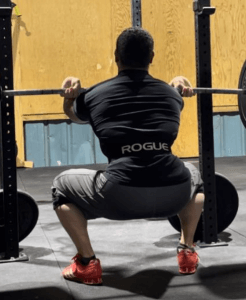
Rogue Echo
- Made with genuine leather for superior durability and longevity.
- Option of different lengths to suit any size
- Comfortable and can adjust tightness as desired
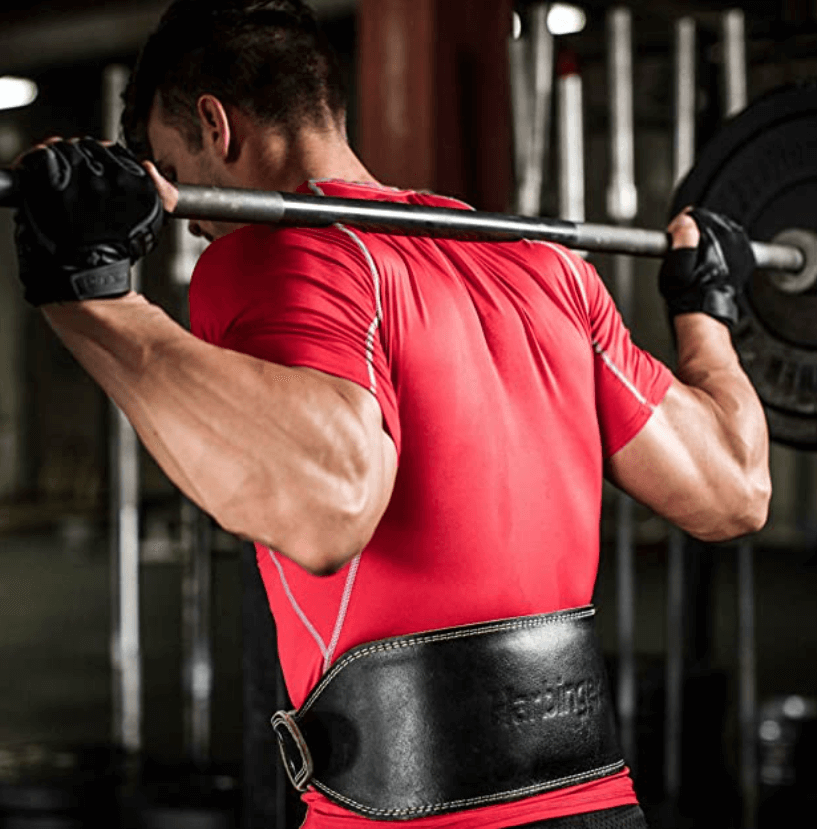
Harbinger Belt
- Made with genuine leather and features comfy padding for added comfort.
- Contoured design to fit most body shapes and sizes.
- Durable and solid construction with double stitches and four inch width.
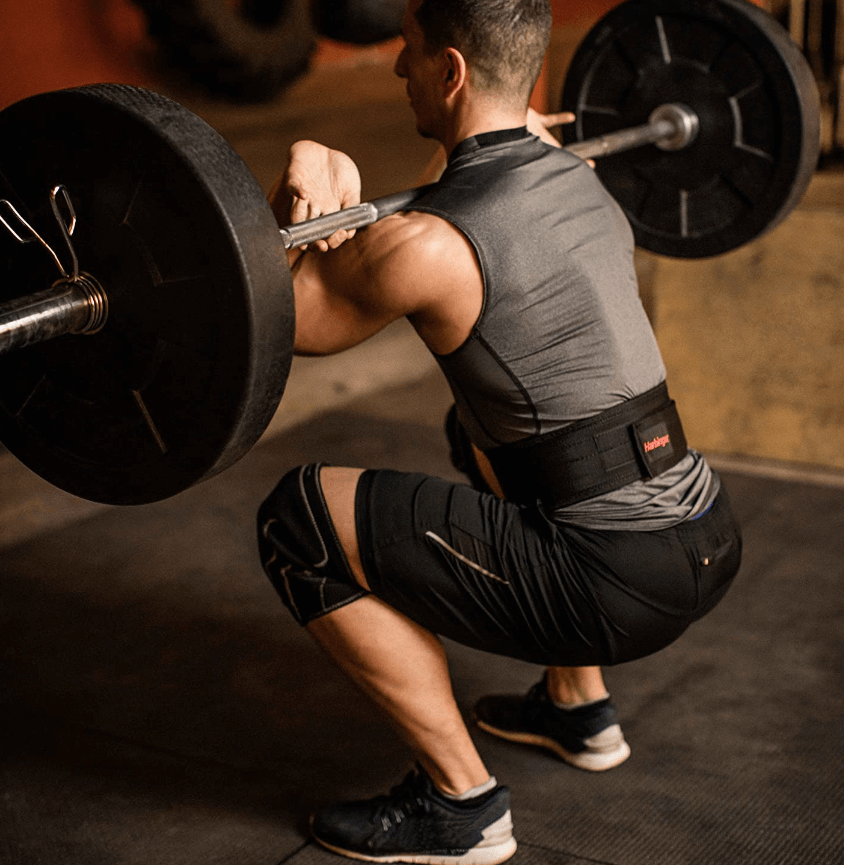
Harbinger Nylon Belt
- Four inches in width, extra wide three inch support strap and four different sizes to fit any body
- Nylon stitching for stability and durability
- Heavy duty nylon material to provide maximum support
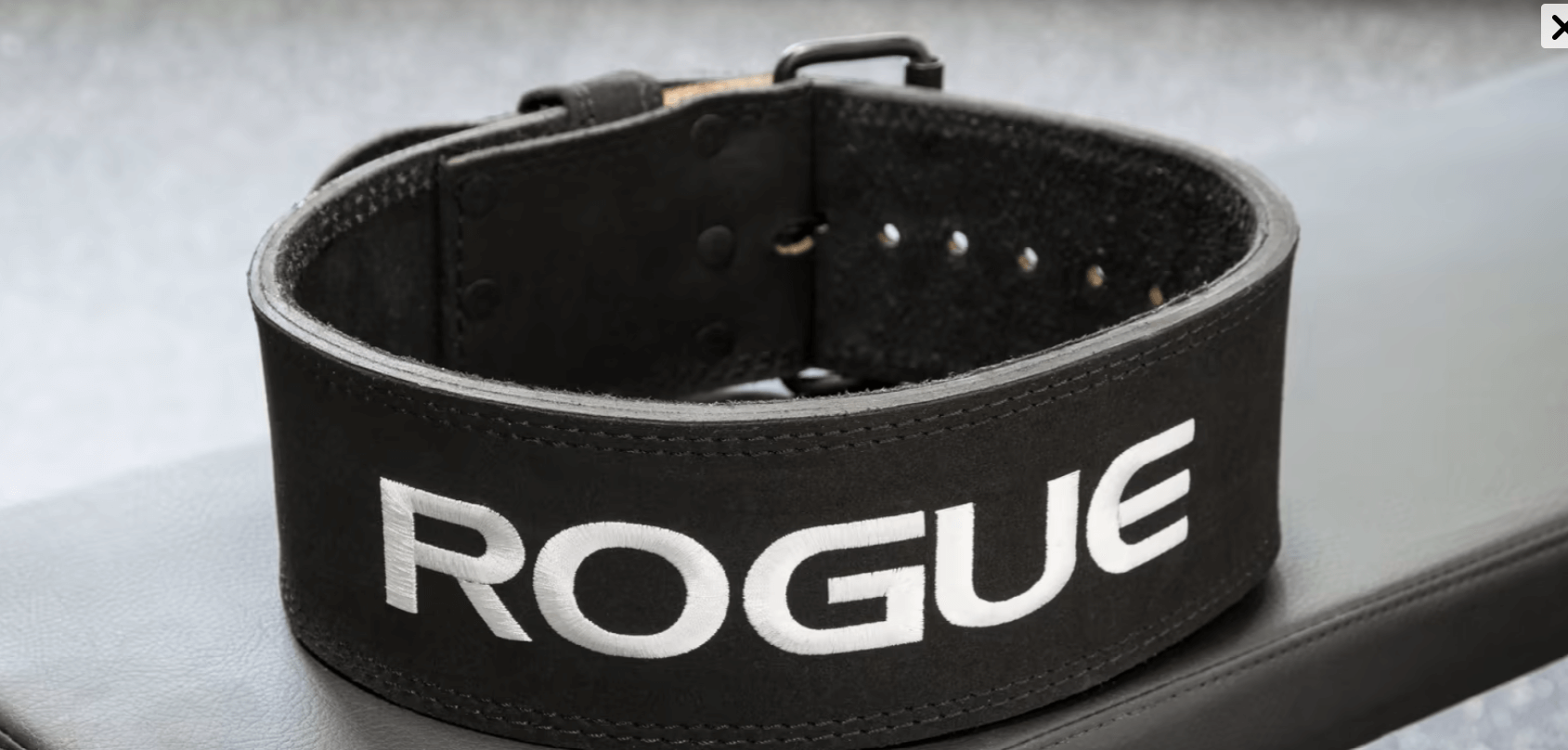
This belt is made of genuine leather and I’ve said it all. It’s super high quality and it will last for ages. It is about 10mm in thickness and four inches in width.
There are more options in terms of length. Go for a longer one if you’re not sure, but also measure yourself. It's recommended to measure your fitness first before starting a training program.
Since it’s based on leather, the belt will need a bit of time to break in, but it’s totally worth it and not very uncomfortable. Simply adjust the tightness as it breaks in.
Pros
- Leather build
- Good strength
- Good looking
Cons
- Requires breaking in

Available in more sizes, this belt is made of leather and features comfy padding, you’ll love it. It has a contoured design that fits most bodies.
On the inside, it has foam cushioning and suede lining, so it won’t leave any marks on your skin.
It’s durable, solid and comes with double stitches. It’s four inches in width and offers support even as it breaks in.
When it comes to the size, I suggest measuring your waist and remember, different exercises require different positions. Sometimes, tighter, other times, looser… So go for a longer size anyway.
Pros
- Good width
- Comfy suede lining
- Durable
Cons
- Sizing a bit off, go one size up

Four inches in width, extra wide three inch support strap and four different sizes, that’s what you can expect from this belt.
It has excellent value for money and comes with nylon stitching for stability and durability. The buckle is made of steel, while tensioning takes seconds only, even if you’re clumsy like me.
The nylon is thick and made with heavy duty purposes, so you can use this belt for one punch workout or any type of workout.
Pros
- Thick nylon
- Support strap
- Heavy duty build
Cons
- Strap doesn’t cover all the velcro
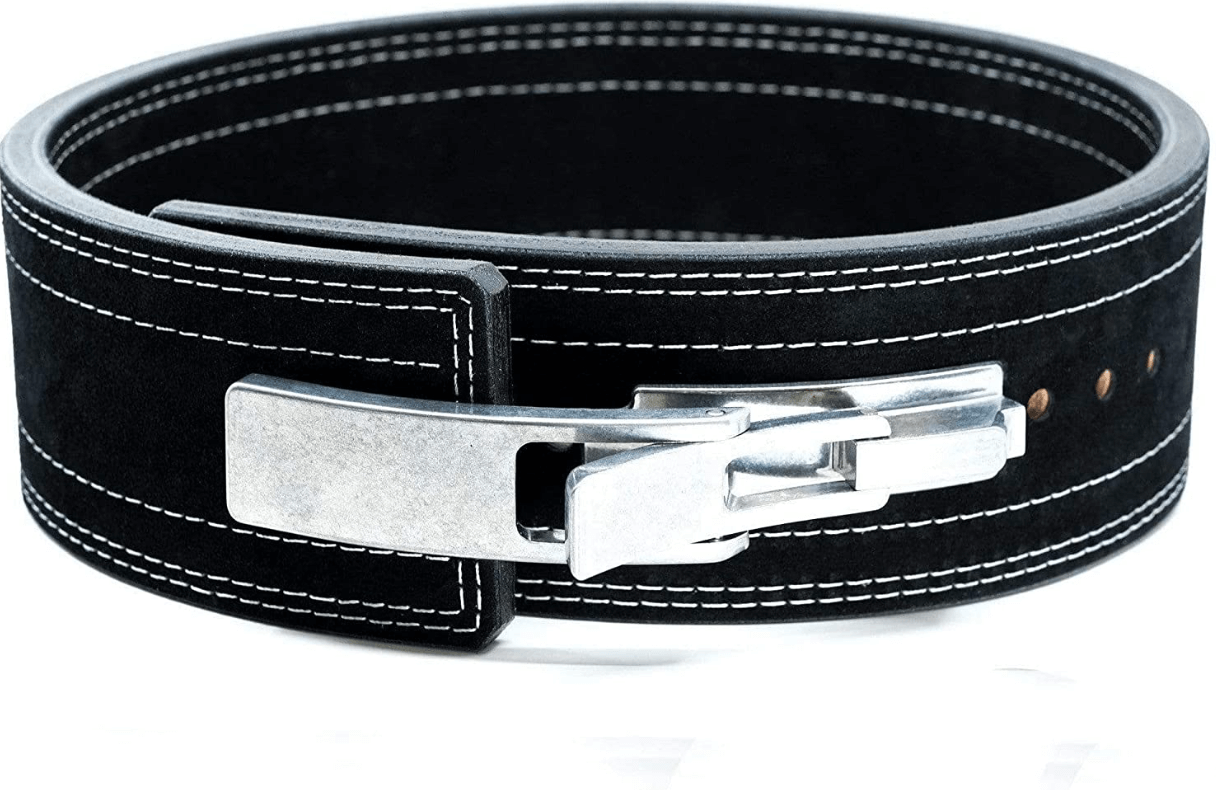
This belt is 10mm thick and based on natural leather. It has a suede finish for comfort and features four rows of high density nylon.
Enough with the technical stuff, what I want to say is this belt will last throughout years of intense workouts without showing any signs of wear and tear.
It comes in more sizes, so measure yourself first. Don’t use the size of your pants, simply measure yourself just above the hips, as that’s the lowest you’ll ever have to wear it.
And it also comes in a few different colors, with purple being my favorite.
Pros
- More colors
- Good looking
- Durable design
Cons
- Takes time to get used to it
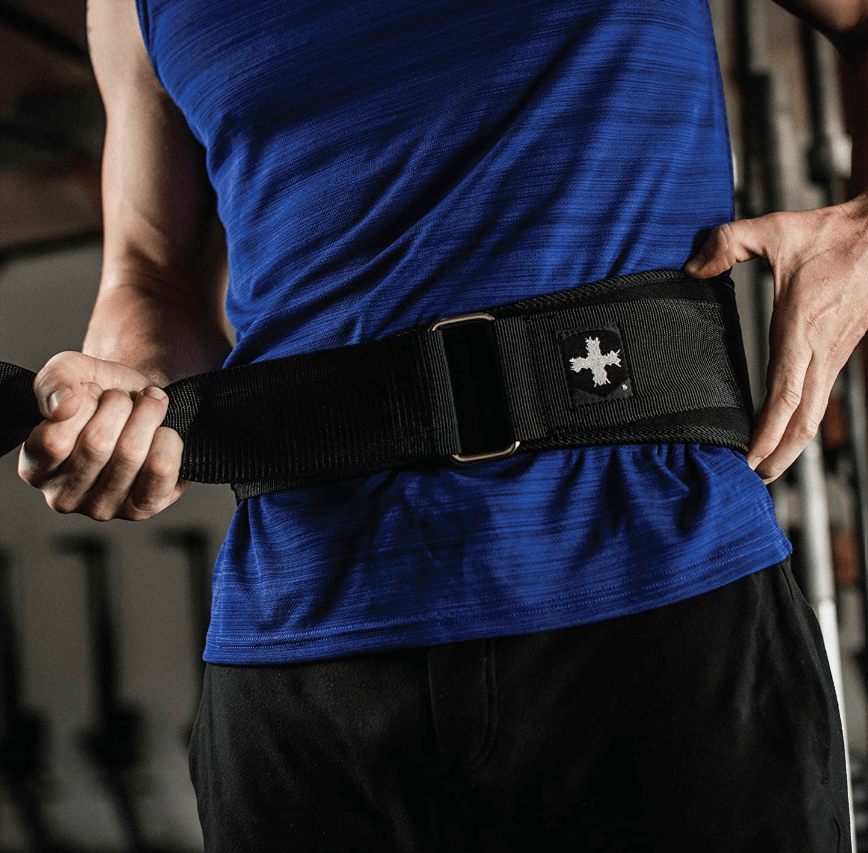
Good value for money, durability and a comfy material, that’s what this belt comes with.
One of my favorites for sure, I love the extra width. In a world where most belts go around four inches in width, this one goes up to five inches.
It also features a three inch support strap for extra support, a pretty common feature in more Harbinger belts. In case you wondered why many of my recommendations come from them.
Anyway, back to this belt, it’s thick, flexible and despite the size, it feels light. It has a cell foam build to keep muscles warm.
The buckle is not large and that’s good, but if you get it super tight and you have a bit of a belly, it may still push in.
Tensioning is a matter of seconds. Take measurements just above your hips for a perfect fit before deciding on a size. It comes in four sizes.
Pros
- Super light
- Flexible
- Easy to get used to
Cons
- Small buckle might push into your skin
Frequently Asked Questions
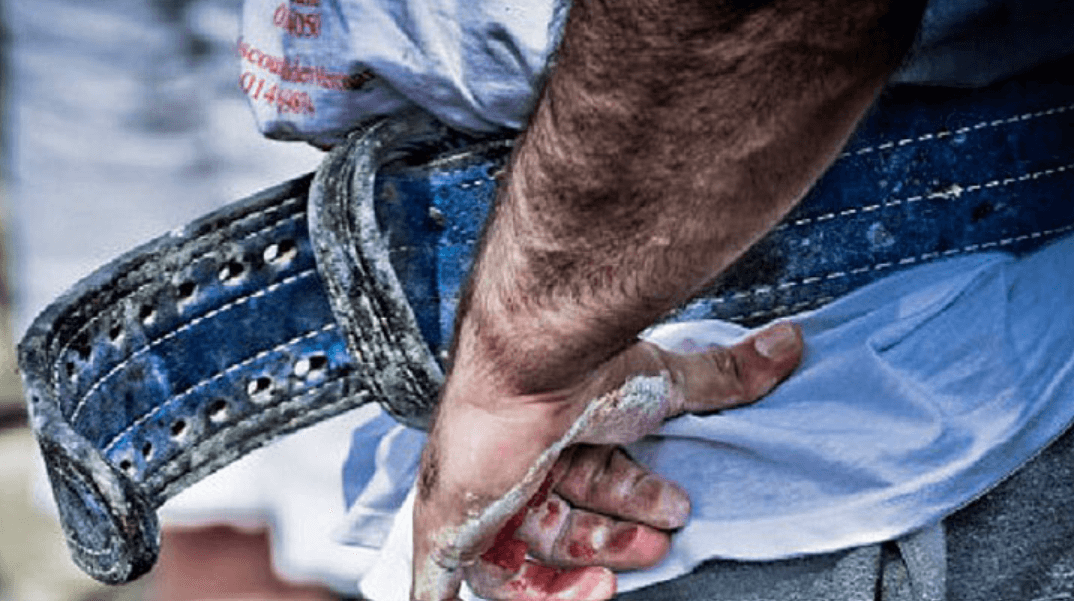
Still unsure about the right weightlifting belt? Here are some frequently asked questions that can help you make the right decision.
How do I know if my lifting belt is too tight?
Perform a rep without any weights. If you feel like you cannot breathe, your movement is restricted or you have no power, it’s too tight.
Should lifting belt touch ribs?
Absolutely not. In the highest position, it can go under the ribcage.
Should lifting belt touch ribs?
Absolutely not. In the highest position, it can go under the ribcage.
The Verdict
How tight should a weightlifting belt be? It depends on the exercise you are performing, your body construction and comfort. Not everyone has the same needs or preferences, so what works for some may not be the best option for others.
My best advice? Tighten the belt and perform a rep or two, see how it feels and go on from there. It must be tight, but not too uncomfortable.
Related articles;
- The Best Approach on How to Lose Weight Using a Waist Trainer
- I Did 100 Pushups 100 Situps 100 Squats for 30 Days – Results and What I Learned
- Calisthenics vs Weights | Which is Best For Building Toned Muscle? – Why Not Do Both?
- How Long Should You Run on a Treadmill?
